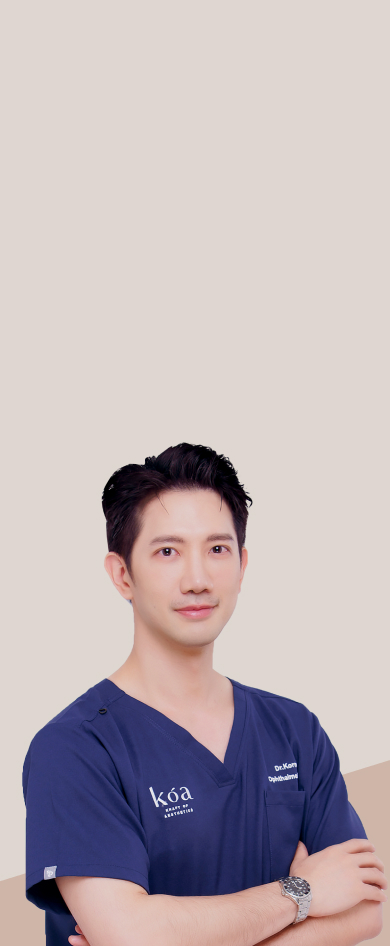Let’s get to know our “eyes” better
We look at our own eyes every day until we become accustomed to them, but did you know that eyes consist of many crucial components?
We, at KOA Clinic, understand that “eye” can be a complex topic, which is why we are here to make it easy for you to comprehend. Let us embark on this journey about our eyes together.
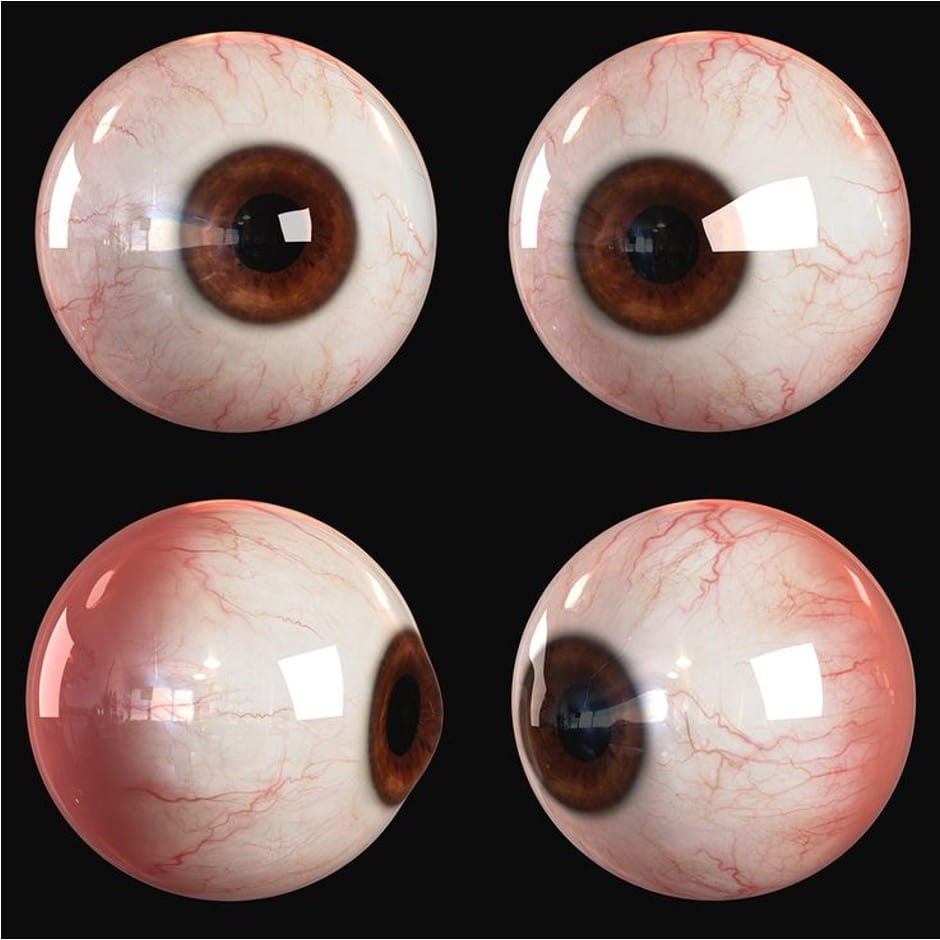
We look at our own eyes every day until we become accustomed to them, but did you know that eyes consist of many crucial components? We, at KOA Clinic, understand that “eye” can be a complex topic, which is why we are here to make it easy for you to comprehend. Let us embark on this journey about our eyes together.
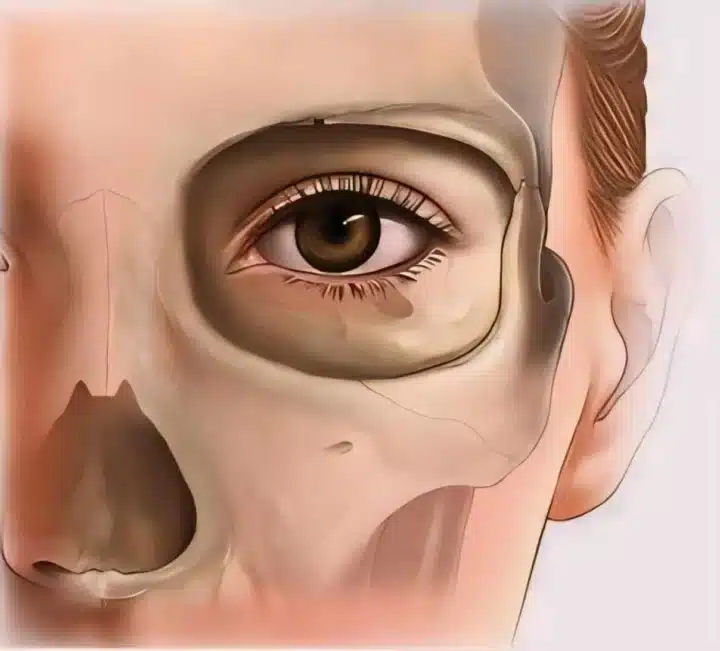
If we overlay the eyelid skin onto this image., we will recognize the familiar structure of our eyes, as shown in the picture.
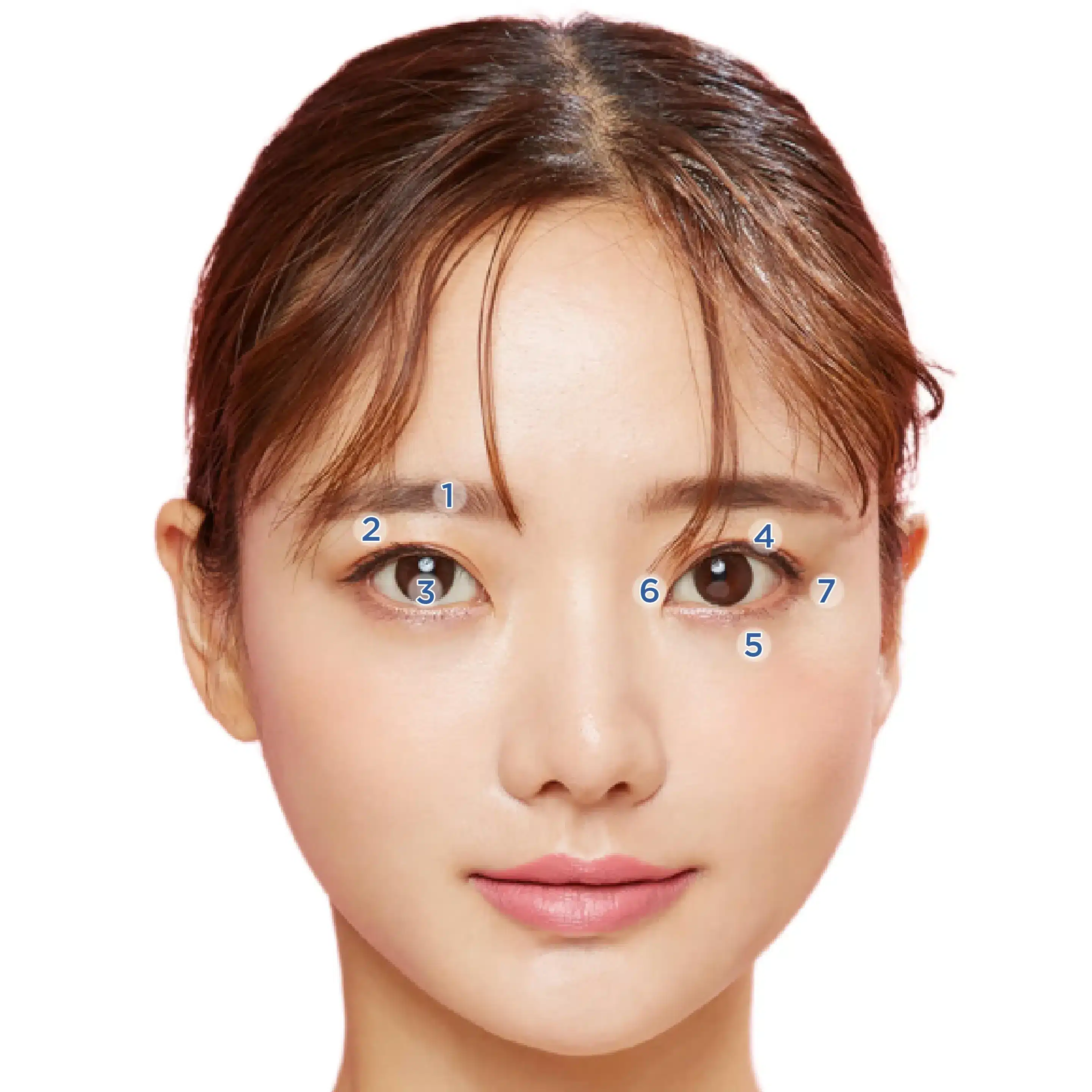
Now, let’s take a look at what each part is called. Hold up a mirror and let’s explore together.
1. Upper Eyelid
- Refers to the skin that lies between the eyebrow and the eyelashes.
- If there’s a single crease, it’s called a “double eyelid.”
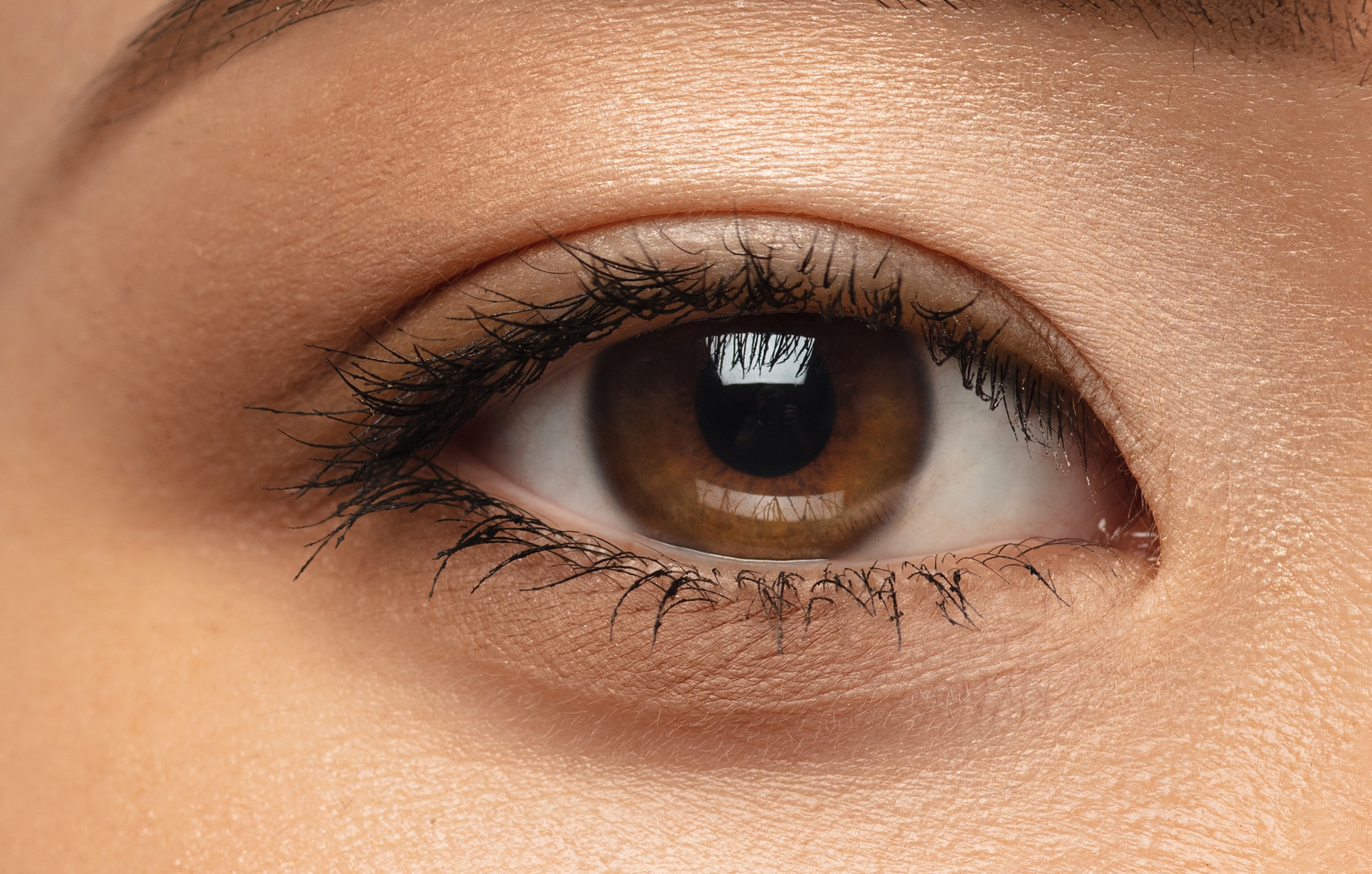
- If there’s no crease at all, it’s called a ” monolid or single eyelid”
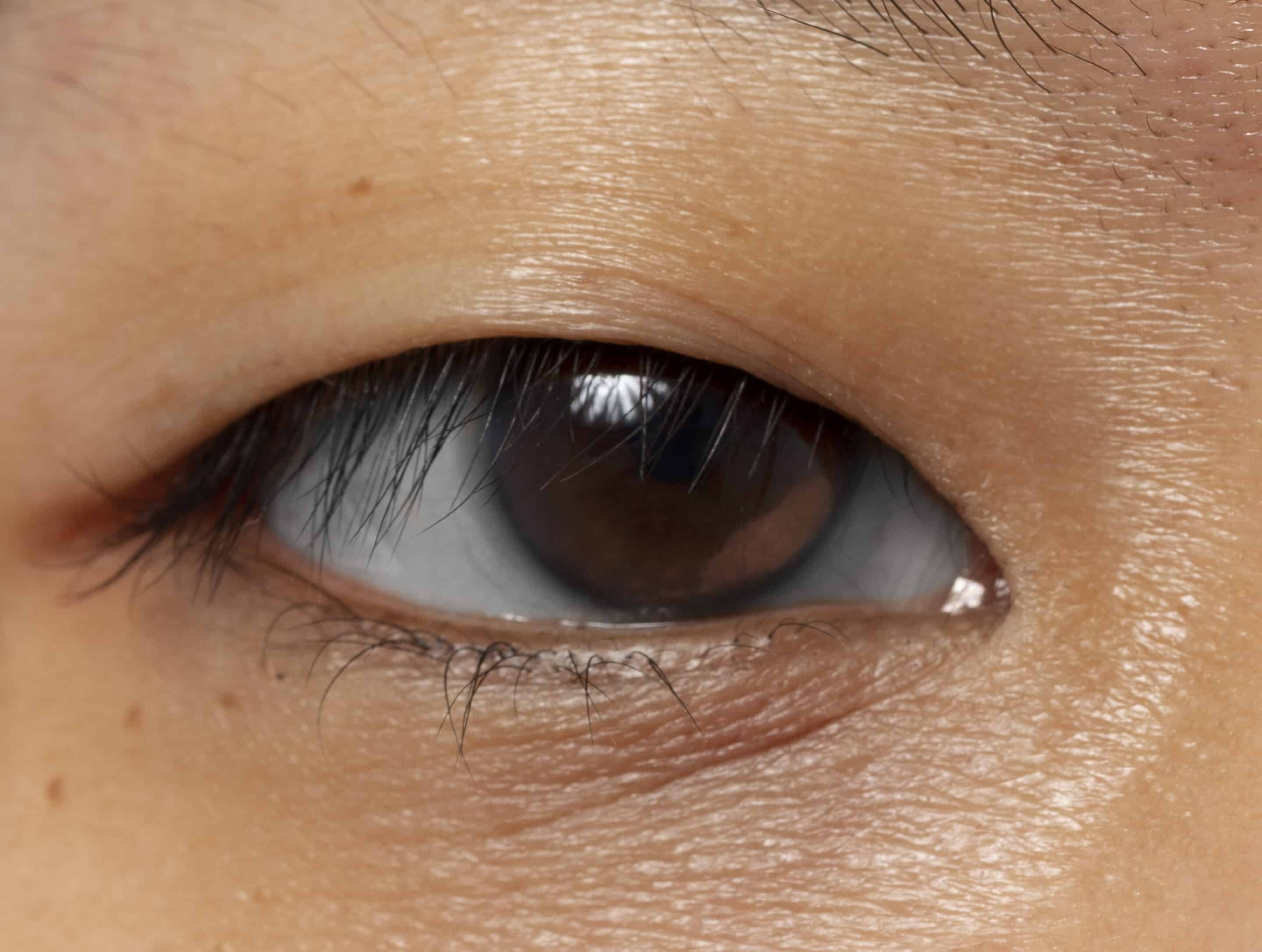
- if there’s a partial crease that’s not fully visible, it’s called a “hidden eyelid.”
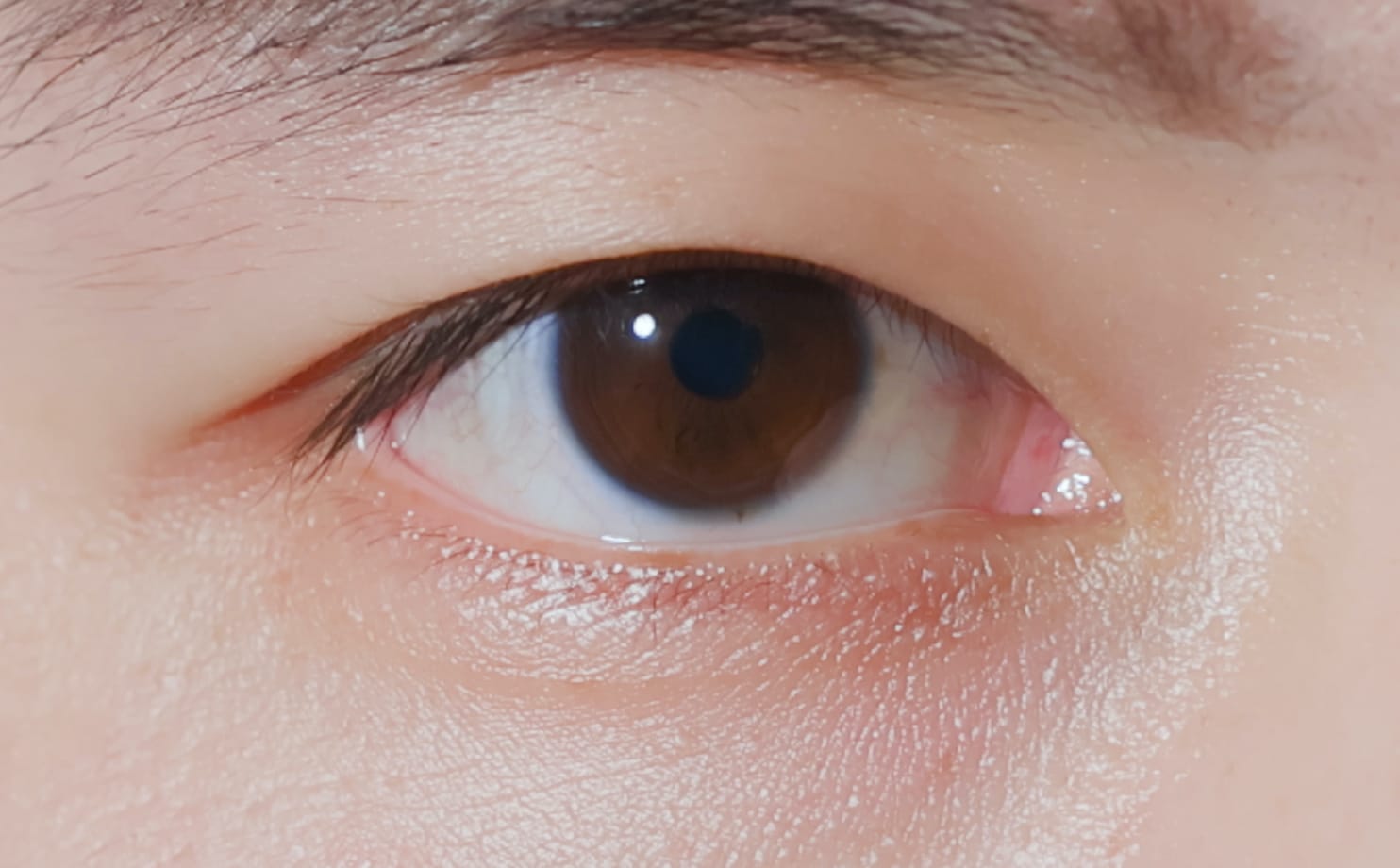
- If the upper eyelid appears sunken, resembling a depression, it’s called “hollow eyes or sunken eyes.
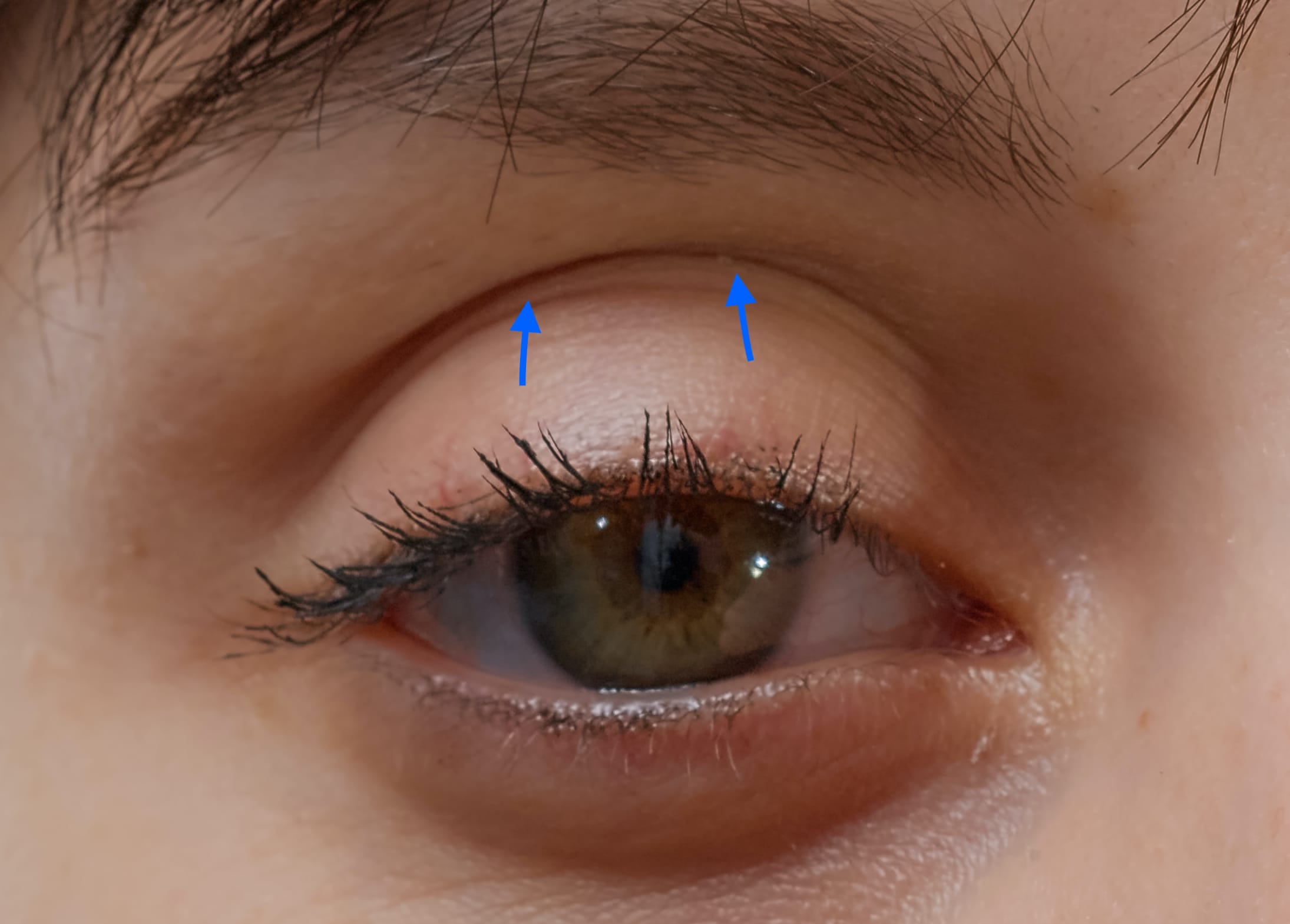
(Read more about Hollow Eyes)
2. Upper Eyelid Margin + Eyelashes
This area is well-known to many women as it’s the spot for applying eyeliner or attaching false eyelashes.
Normally, the upper eyelid margin slightly covers the upper part of the iris.
If the upper eyelid margin covers the upper part of the iris significantly, causing less visible iris, this condition is referred to as “Ptosis.” (Read more about Ptosis, Sleepy or Tired Eyes)
3. Eyeball
The round part resembling a soccer ball
Consists of a white part called the “sclera“
and a colored part called the “iris”
4. Lower Eyelid Margin
The lower eyelid margin is often close to the edge of the lower iris.
If sclera beneath the colored iris is visible, it can create the illusion of floating eyes.
5. Lower Eyelid
Refers to the skin below the lower eyelid margin, extending to the cheekbone area. In some individuals, you might see a lump that is along the lower eyelid margin, especially when smiling. This is often referred to as “Dolly’s eye.”

This is usually different from the protruding lump known as “Eye Bags.” Eye bags are usually fat within orbit and are located lower than the “Dolly’s eye” area. (In some cases, they might be close together and appear as a single lump.)
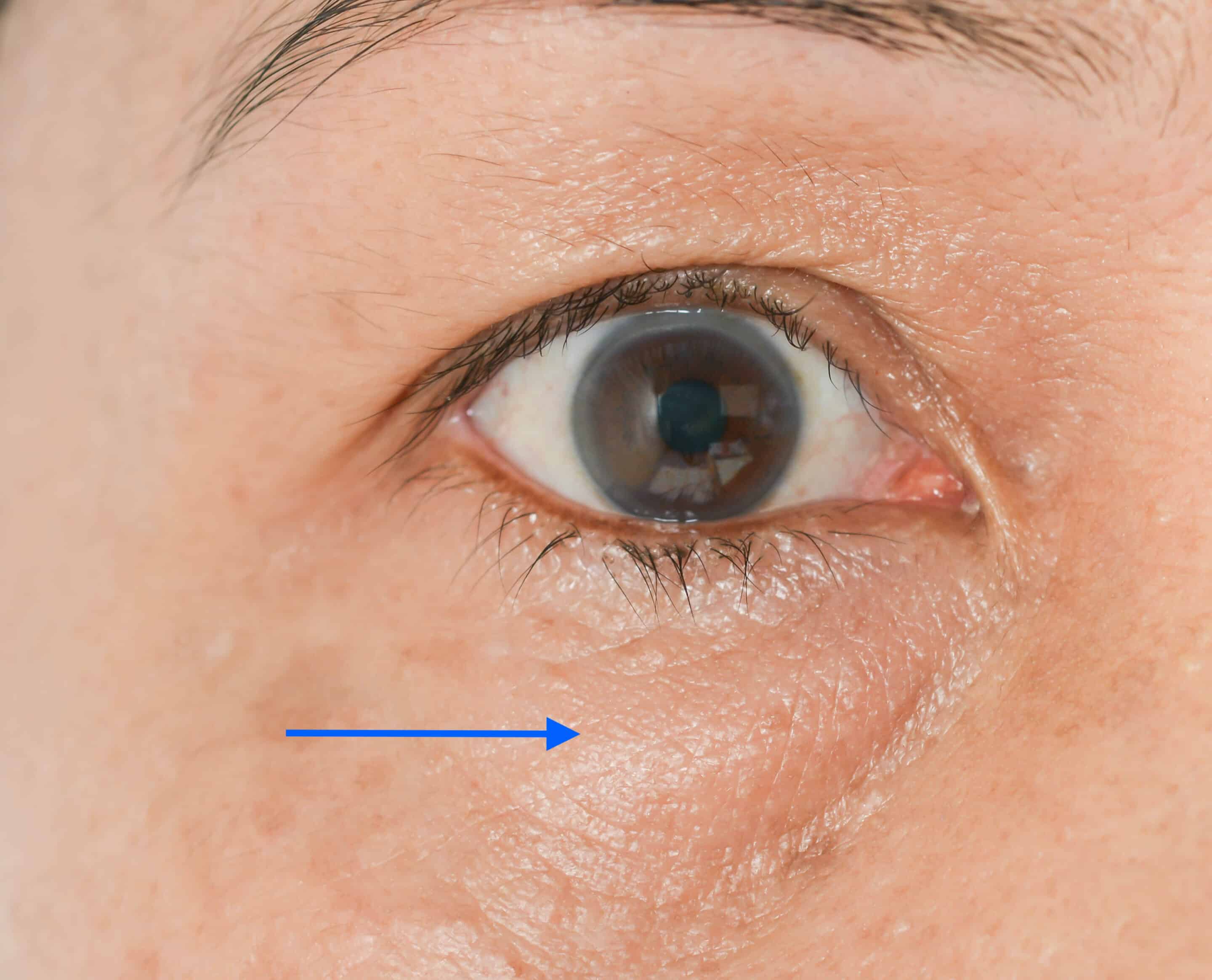
(Read more about Eye Bags.)
6. Inner Eye Corner (Medial Canthus)
The canthus is the sharp angle on the inner side of the eye. The skin in this area is known as the “epicanthal fold,” and it tends to be more pronounced in Asians compared to Caucasians.
7. Outer Eye Corner (Lateral Canthus
The sharp angle on the outer side of the eye is known as the “lateral canthus.” This angle tends to point upward in Asians which are often referred to as “slanted eyes”.
If you understand the anatomy of the eye, it will be easier to communicate with your doctor.
The two significant parts of the eye are
1. Front colored part of eyes (Cornea + Iris + pupil)
The Front colored part of eyes is a crucial part of the eye since we perceive various images through them, allowing light to enter and be interpreted by the brain.
Hence, any issues affecting the Front colored part of the eyes negatively, such as injuries or foreign objects attaching to it, can result in deteriorated vision (blurred vision).
2. The eyelid-lifting muscle (Levator palpebrae superioris muscle)
They are responsible for “opening the eyes” to allow clear vision. If this eyelid-lifting muscles are not functioning properly, it can lead to obscure vision, referred to as “Ptosis.”
To Sum Up:
The eyes are vital organs and quite delicate due to being composed of soft and sensitive tissues.
If you’re considering undergoing eyelid surgery, apart from focusing on aesthetics, it’s crucial to prioritize the function too. Beautifully enhanced eyes are only beneficial if they function properly, such as maintaining good vision and avoiding discomfort or pain. Neglecting proper function considerations could potentially lead to long-term negative consequences. Now, if you’re ready, let’s move on to finding answers about your eye concerns and how they can be addressed. You can explore common eyelid problems here.
